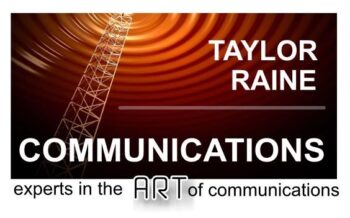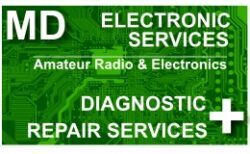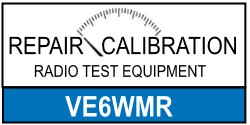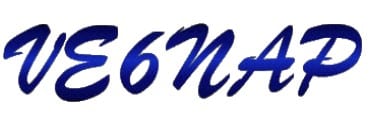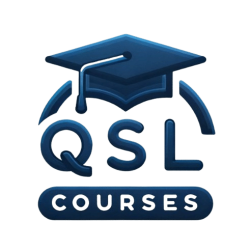
question specific learning
Transforming Knowledge Into Understanding
Hamshack.ca is completing the fully updated Basic Amateur Radio Course, built from the ground up to match the latest ISED syllabus and question bank. The new course is now in the final QA and testing stage, with launch expected shortly. It features clear, easy-to-follow lessons, embedded answers, interactive quizzes, real-world examples, and full mobile compatibility — everything you need to prepare confidently for your Basic Qualification.
The Advanced Amateur Radio Course remains fully available and unchanged. It continues to use the proven QSL (Question Specific Learning) methodology to provide deeper understanding, exam-focused content, and a highly structured learning path designed specifically for Canadian operators who want to upgrade their certification.
Contact VE7DXE
Contact VE7DXE for enrollment details and course reservations.
Log into your hamshack.ca account to access the QSL Advanced Course. Don’t have an account? No problem, request an account here. Good luck with your studies!

001 – Regulations and Policies
Learn the Rules That Govern Amateur Radio in Canada
Regulations and Policies – 001 covers everything new operators need to know about licensing, station identification, international agreements, and operating responsibilities. By mastering the regulations and policies that shape the amateur service, you’ll build a solid foundation for safe, legal, and effective radio operation — preparing you for both the Basic exam and real-world on-air confidence.
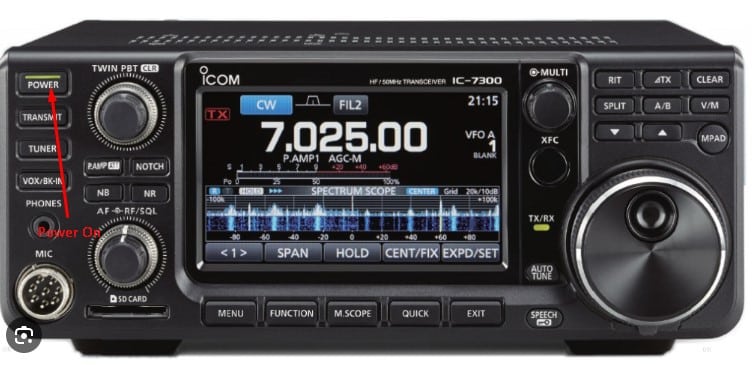
002 – Operating and Procedures
Operating Procedures in Amateur Radio
The Operating Procedures in Amateur Radio module is a cornerstone of the Basic Qualification curriculum, designed to teach the skills needed for effective communication on VHF, UHF, and HF bands. Covering essential topics such as repeater and simplex operation, the phonetic alphabet, Morse code, Q signals, and emergency procedures, this course equips learners to handle real-world communication scenarios with confidence and professionalism. Using the QSL (Question Specific Learning) methodology, the course combines theory with practical, scenario-based learning, helping participants master operating procedures, optimize signal reports, and prepare thoroughly for the Basic Qualification exam. This hands-on approach ensures learners are ready to complete the Basic exam.

003 – Station Assembly, Practice, and Safety
The Station Assembly, Practice, and Safety module covers how transmitters, receivers, power supplies, and antennas work together in a safe, effective amateur radio station. Using the QSL approach, it blends core theory with practical examples to prepare learners for both the Basic Qualification exam and real-world operation.

004 – Basic Circuit Components
This section introduces the essential circuit components that power amateur radio. From resistors and capacitors to diodes, transistors, FETs, amplifiers, and even vacuum tubes, you’ll learn how each part works and why it matters. With clear explanations and practical examples, you’ll build the knowledge needed to recognize these components, understand schematics, and apply them in real radio circuits.
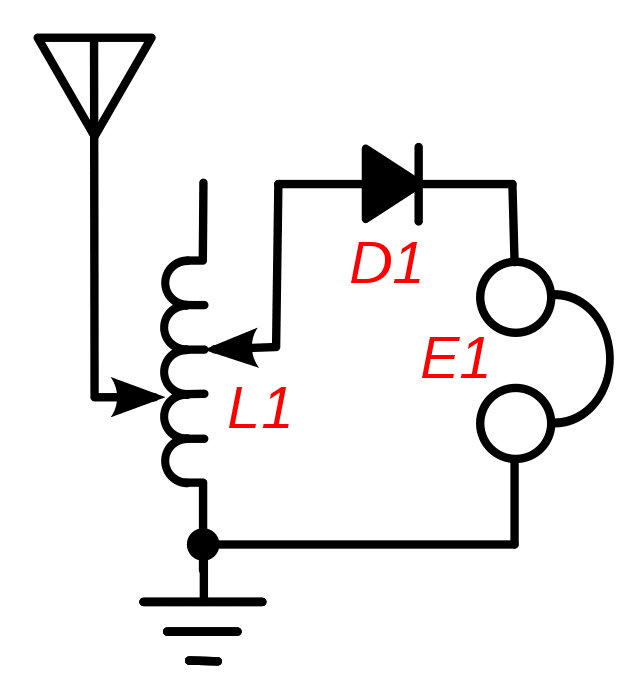
005 – Basic Electronics and Theory
Basic Electronics and Theory – Learn the core principles that power every circuit. This section introduces Ohm’s Law, power, resonance, impedance, and measurement, giving you the tools to understand, design, and troubleshoot real radio systems.
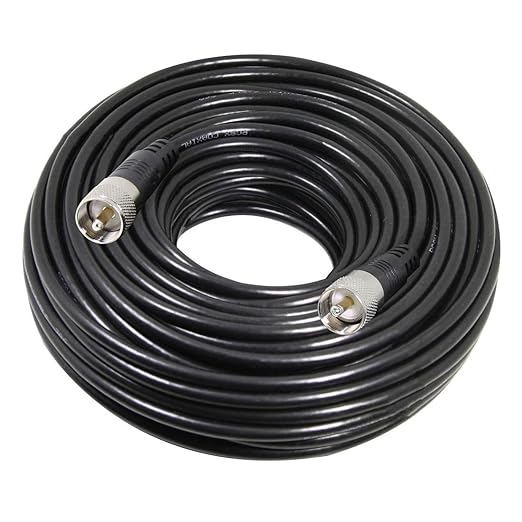
006 – Feedlines and Antenna Systems
Section B-006 – Feedlines and Antenna Systems gives learners a practical understanding of antenna fundamentals. Covering dipoles, verticals, Yagis, wires, and loop antennas, the section explains how dimensions, impedance, gain, bandwidth, and construction influence real-world performance. Students come away with the knowledge to match antenna types to their operating goals, from simple multi-band wires to high-gain directional arrays.
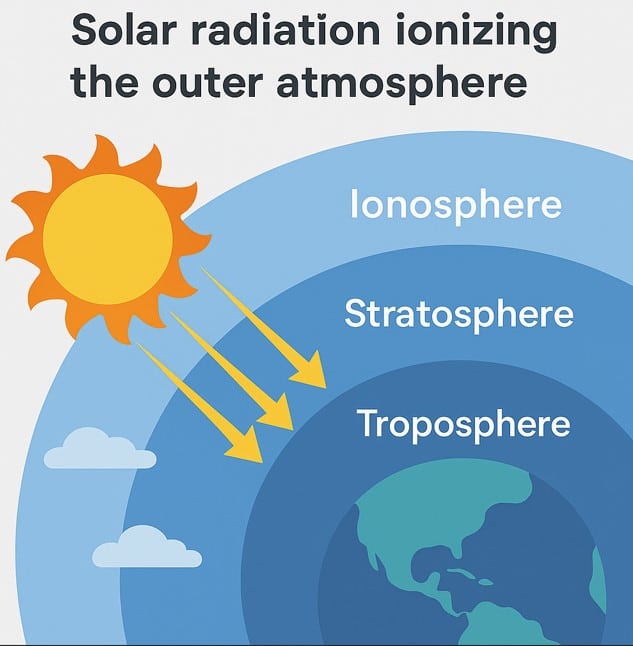
007 – Radio Wave Propagation
Hamshack.ca’s “Radio Wave Propagation” course dives into the science of how radio waves travel, reflect, and refract, covering ionospheric layers, solar activity, and propagation modes like Sporadic-E and ducting. Through the QSL (Question Specific Learning) methodology, learners engage with practical examples and scenarios to simplify complex topics, from understanding ground wave communication to optimizing signals during sunspot peaks. This course equips you with the knowledge and confidence to excel in the Basic Qualification exam and your amateur radio journey.
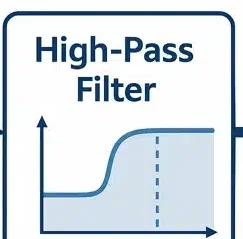
008 – Interference and Suppression
The Interference and Signal Quality section explains how to recognize and prevent unwanted emissions in amateur radio. From harmonics and spurious signals to splatter and key-clicks, operators learn the causes of interference and how to control them through careful transmitter adjustment and the use of filters. This knowledge ensures clean signals, protects other stations, and promotes good operating practices.
Hamshack.ca provides original, Canadian-focused amateur radio training through its Basic and Advanced Courses, along with new courses currently in development. All instructional text, explanations, diagrams, illustrations, quizzes, assessments, and related materials have been developed exclusively for Hamshack.ca learners and form a complete proprietary educational system.
© All course content—including lessons, graphics, instructional methods, practice exams, and supporting materials—is fully copyrighted and protected under intellectual property law. Users receive a personal, non-transferable license to access the material for their own learning. Copying, sharing, redistributing, republishing, or using any part of the course content for commercial or instructional purposes is strictly prohibited without written permission from the site owner.
For full details on usage rights and restrictions, please refer to the Hamshack.ca Terms of Use.





